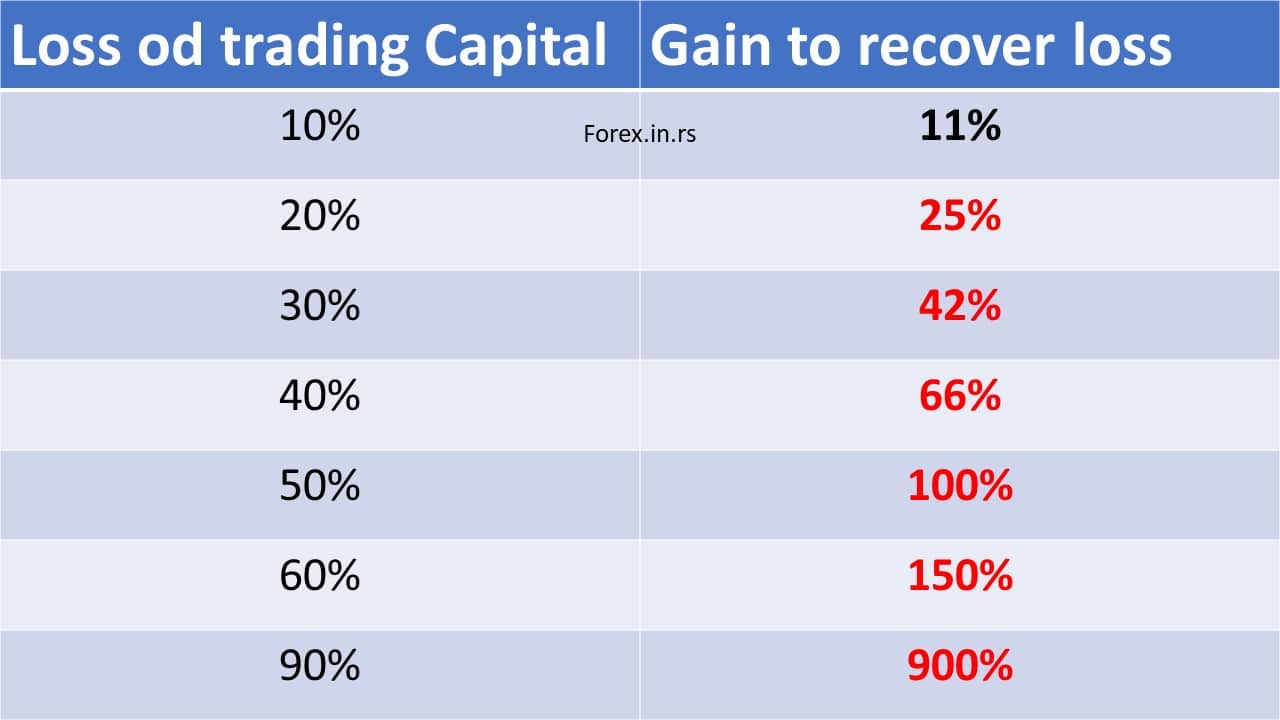Risk management is a foundational pillar of successful trading. However, it’s also one of the most overlooked or misunderstood aspects, especially among inexperienced or overconfident traders.
What Lot Size Should I Trade when I trade for a prop company?
If you trade for a prop company and your max allowed drawdown is 5%, your $100 risk for each $ 20,000 is the optimum risk. Therefore, you will be able in 6 months to reach 10% profit and keep the drawdown small.
To start funded prop-trading, try:
See my video about lot size topic:
To understand why a $100 risk for each $20,000 is optimal when the maximum allowed drawdown is 5%, let’s break it down step by step:
- Max Allowed Drawdown: If you’re trading for a proprietary (prop) trading firm, they will typically have specific risk management rules to protect their capital. One common rule is the maximum allowed drawdown, the maximum amount you can lose from the peak of your trading account. If the max drawdown is set at 5%, it means that from the highest point in your account, a loss of more than 5% would breach the firm’s risk protocols.
- Calculating Drawdown Amount: If you’re trading with $20,000 and your max drawdown is 5%, the total dollar amount you’re allowed to lose before hitting this limit is 0.05 \times $20,000 = $1,000
- Optimum Risk Per Trade: To ensure you don’t hit your drawdown limit too quickly, you should not risk the entire $1,000 on a single trade. Instead, you’d spread this risk over multiple trades. If you risk $100 per trade, you must experience ten consecutive losses to reach the maximum allowed drawdown. This gives a trader room for error and decreases the likelihood of hitting the maximum drawdown after just a few trades.
- Risk Percentage Per Trade: In the example context, risking $100 of $20,000 represents a 0.5% risk per trade. A conservative amount ensures multiple opportunities (trades) before hitting the drawdown limit, even if you face a losing streak.
In summary, when trading for a prop firm (or even for oneself), it’s crucial to manage risk effectively. By risking a consistent $100 per trade with a $20,000 account and a 5% max drawdown, a trader ensures they have multiple opportunities to be wrong before reaching their maximum allowable loss. This approach promotes discipline, proper risk management, and longevity in the trading business.

Risk management is a foundational pillar of successful trading. However, it’s also one of the most overlooked or misunderstood aspects, especially among inexperienced or overconfident traders. Here’s how traders often end up risking more than the recommended 1% and quickly hitting the 5% drawdown when trading for a prop company:
- Overconfidence: Many traders, especially those new to a prop setting, might feel an inflated sense of confidence due to past successes in different environments or the allure of trading more considerable capital. This overconfidence can lead them to take more prominent positions, assuming they’ll continue their winning streak.
- Chasing Losses: After experiencing a loss, some traders attempt to quickly recover by doubling down on the next trade. This “revenge trading” can escalate risks dramatically. Instead of maintaining their pre-defined risk per trade, they might risk 2%, 5%, or even more, hoping for a quick recovery. This strategy often backfires, leading to a rapid drawdown.
- Ignoring Risk Management: Some traders focus solely on potential profits and pay little attention to the downside. They might see a 1% risk rule as overly conservative, thinking they’ll be left behind if they don’t maximize their position size.
- Misunderstanding Leverage: Prop firms often provide traders with leverage, which means they can control a much more prominent position with a small amount of capital. While leverage can amplify profits, it also magnifies losses. Traders who don’t fully understand or respect the power of leverage can quickly find themselves in a deep drawdown.
- Psychological Pressure: Trading other people’s money, as with prop firms, can introduce additional psychological pressures. The desire to prove oneself or fear of missing out (FOMO) might push traders to take outsized risks.
- Lack of Experience: Traders new to the prop environment might not have experience with the instruments they’re trading or the platform they’re using. They might mistakenly take on more risk than intended without adequate preparation or understanding.
- Complacency in a Winning Streak: Some traders might become complacent after a series of profitable trades, thinking they’ve “cracked the code.” This can lead them to abandon their risk management rules, assuming that losses won’t happen to them.
- Neglecting Correlated Risks: A trader might think they’re diversifying by taking multiple positions. However, if those positions are highly correlated, a move against them can lead to a much more significant combined loss than anticipated, quickly approaching the drawdown limit.
In prop trading, discipline and rigorous risk management are crucial. Firms set drawdown limits to protect their capital. Traders who respect those limits and risk management rules are likelier to have long and successful careers. Conversely, those who let emotions guide their decisions or neglect the principles of risk management can quickly face significant drawdowns or even be removed from the trading floor.
To start funded prop-trading try:
























